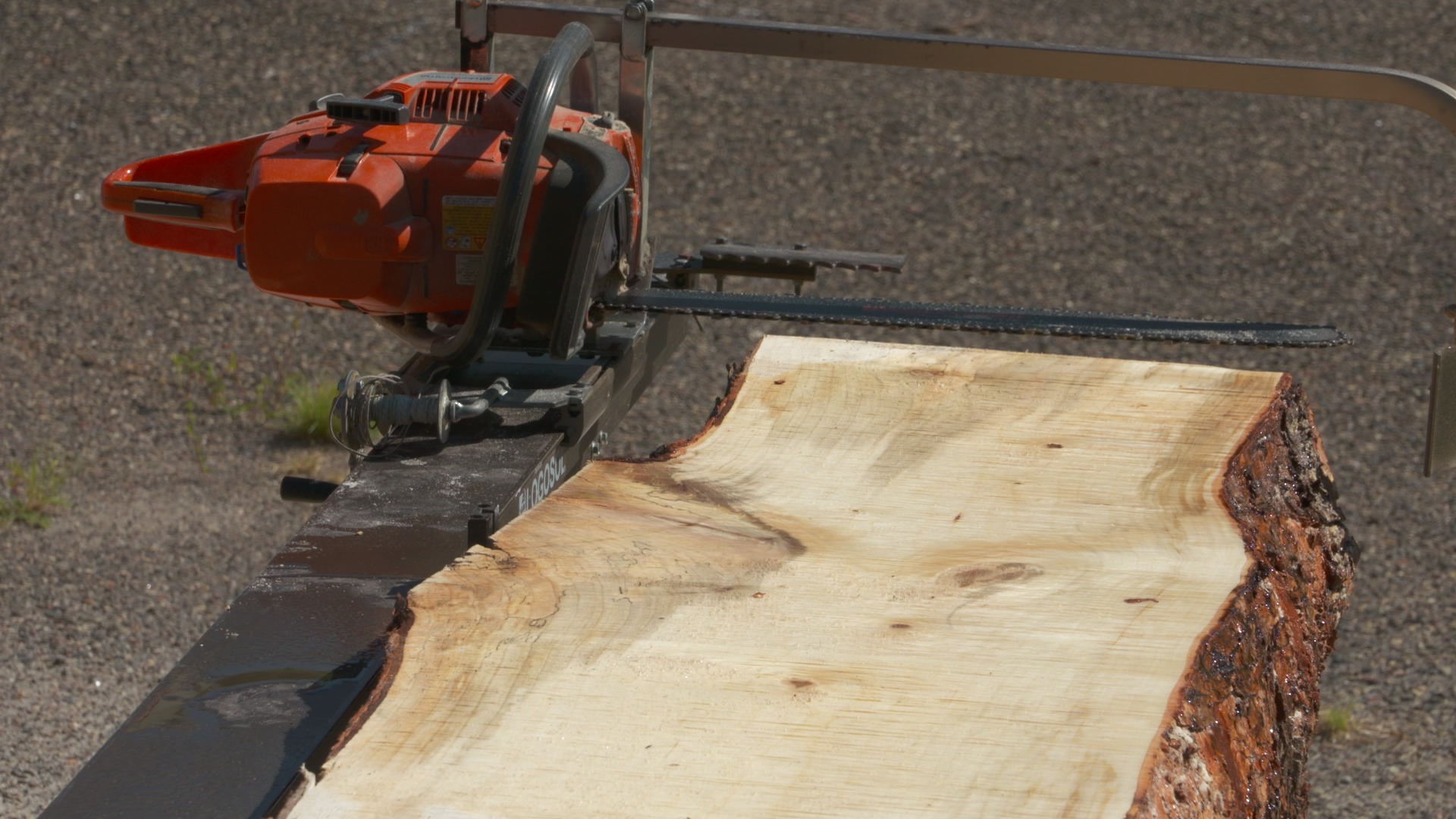
Read the Log Before Milling
George Vondriska
Milling a log into lumber isn’t as simple as just throwing it on a sawmill and making cuts. Well, it can be, but if you go that route you may not get the best possible pieces out of the log. Reading the log means having a good look at it and positioning the log on the sawmill in a way that optimizes what the log is capable of producing.
Branching out!
I love seeing large branches coming out of the trunk of a log. The spot where the branches join the main trunk is like the confluence of rivers, but it's grain instead of water that’s coming together. This can create some really stunning grain patterns with lots of swirls in the grain.
What’s spalting?
The log cut in this video has spalting in addition to its cool grain pattern. Spalting is caused by fungi growing in wet wood. Once the wood is dry the spalting stops, and it’s safe to work with the wood. The line between spalting and rot is pretty narrow, so don’t leave logs laying around too long while you’re hoping for spalting to happen.
The water test
If you want a sneak peek at what the lumber you’re milling might look like, put water onto the live edge slabs as you’re cutting them. Even though the slab is rough from the sawmill, you’ll get a good idea of what the material will look like when it’s cleaned up.